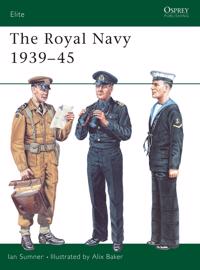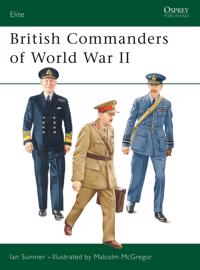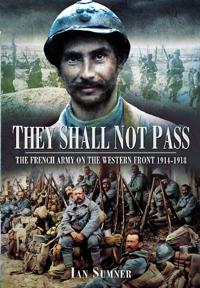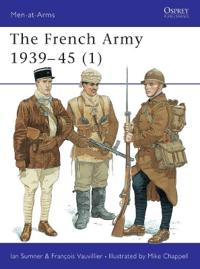The Royal Navy 1939-45 (Häftad)
avIan Sumner
ISBN: 9781841761954 - UTGIVEN: 200110Advances in submarine warfare and air/sea tactics cost the Royal Navy dear in the early Atlantic, Mediterranean and Pacific campaigns, but the traditional professionalism of the pre-war regulars and the willingness of the Reserves and "hostilities only" recruits combined to win the battles of the At[...]
British Colours and Standards 1747-1881 (Häftad)
avIan Sumner
ISBN: 9781841762005 - UTGIVEN: 200109In this first of a two-part sequence a respected vexillologist describes, explains and illustrates a wide variety of the standards and guidons carried during the 18th and 19th centuries by British Household, Regular, Yeomanry and Volunteer cavalry units. The successive regulations between 1747 and 1[...]
British Colours and Standards 1747-1881 (Häftad)
avIan Sumner
ISBN: 9781841762012 - UTGIVEN: 200111The unique quality of the British Army over the centuries is credited in large part to its "regimental system" - the fostering of pride and a sense of continuity in the individual regiment. During the 18th and 19th centuries the regimental flag always played a central part in the furthering of the r[...]
British Commanders of World War II (Häftad)
avIan Sumner
ISBN: 9781841766690 - UTGIVEN: 200311Many British commanders of World War II were veterans of the Great War and their attitudes to war were influenced by this and pre-war training and doctrine. This book examins these influences and the commanders' differing relationships with Churchill. The combat careers, personalities, uniforms, dre[...]
They Shall Not Pass (Inbunden)
avIan Sumner
ISBN: 9781848842090 - UTGIVEN: 2012-03This graphic collection of first-hand accounts sheds new light on the experiences of the French army during the Great War. It reveals in authentic detail the perceptions and emotions of soldiers and civilians who were caught up in the most destructive conflict the world had ever seen. Their testimon[...]
The French Army, 1939-45 (Häftad)
avIan Sumner, Francois Vauvillier, Mike Chappell
ISBN: 9781855326668 - UTGIVEN: 199804On paper at least the French army in 1939 was the most powerful land army in the world. Sheltered behind the fortifications of the Maginot line was an army which drew its troops from colonies and territories all over the world. It included spahis from algeria, calvary from Morocco, Chasseur Alpin fr[...]








